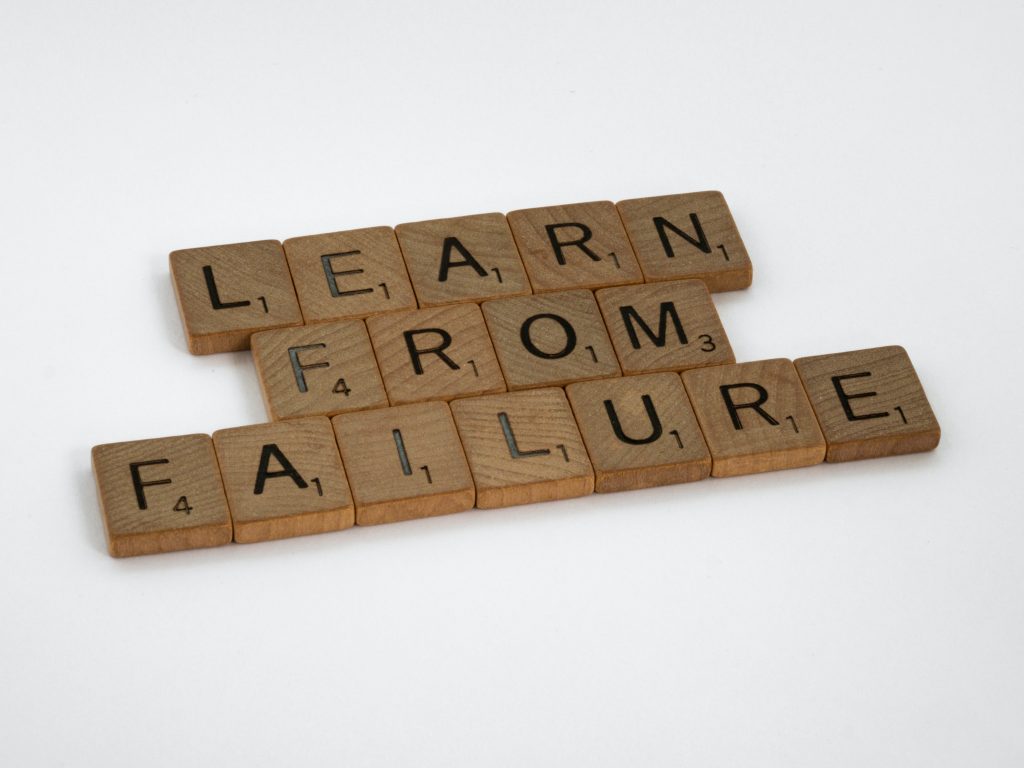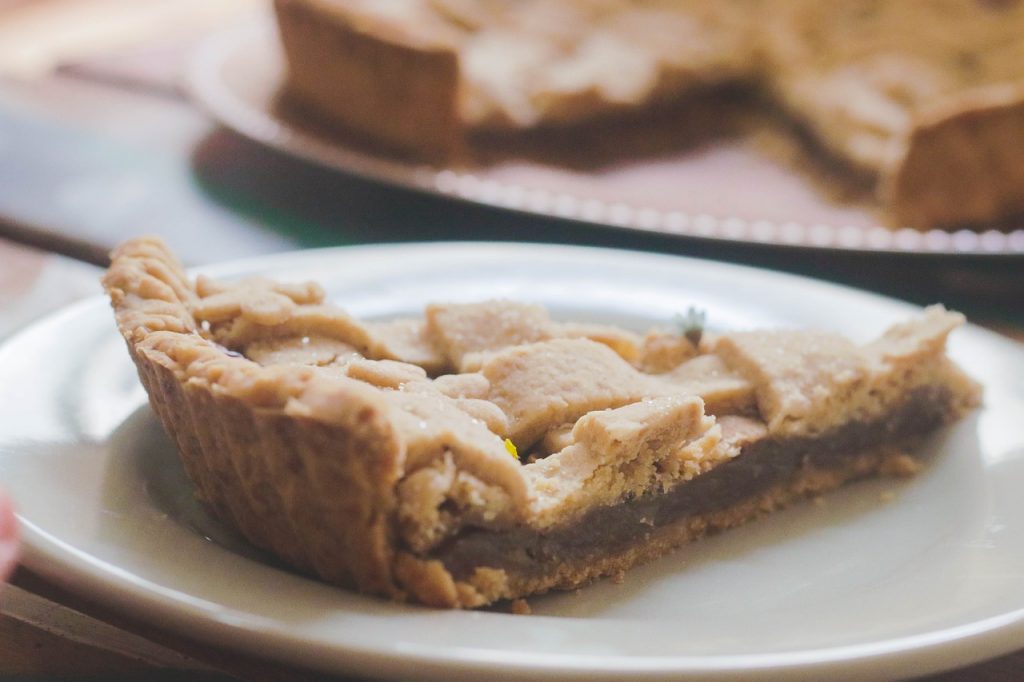In a follow-on post from “Discerning the sighs of the times”, the author sighs a lot as she uncovers the truth about the CANTESS conference and discusses the importance of verifying facts.
In May, I dashed off a blog post about a new acquisition to the university archives based on a few hours research. Employing a few tricks of the trade, I checked newspaper databases, used a perpetual calendar and then added a bit of broader contextual information to create a narrative around a programme of events for a summer school held at the university. I was fairly confident I had hit on the truth.
Hoisted by my own petard …
I proudly sent my completed blog post “Discerning the sighs of the times” to the donor of the CANTESS programme, who then kindly took the time to fill in the gaps. It was an important reminder to me of how important it is to talk to people when conducting research. The human in humanities research is gold dust (a point that is really worth making in the face of the overwhelming tide of artificial intelligence). I made a note to self to speak to people – digital research is not the be-all and end-all.

Talking through an idea. Photo by Medienstürmer on Unsplash
Covering my tracks
Initially when I received the email, I wondered how best to rectify my errors – I could just edit the blog post and no one would know. Clicks on the blog site indicate that 253 people had potentially read it and I doubted they would go back to it, so a few judicious edits and I would be in the clear. It is wonderfully easy to cover over your tracks in the digital world. If I had shared my find in a printed news-sheet, it would be a different story (particularly from an archival perspective). However, there was a lesson here, and an important one on fact-checking.

My first error
My first error was assumption. I assumed the donor had attended the conference and had lovingly held onto the programme for 52 years. I wrote the own narrative in my head – the donor was at university at the same time as the summer school therefore they had opportunity to attend. The facts all stacked up nicely. I had seen early photos of Christ Church College in the swinging sixties, I had read about exchange student programmes, it seemed so perfect, but I was WRONG!
Here is what actually happened
The donor was clearing out her parent’s house and found the CANTESS programme in her father’s effects. It was the Rev John M. Balcom who attended the CANTESS conference, not his daughter (who was at home in the US studying architecture). My conjectures about hiring a record player and listening to “Chirpy, Chirpy, Cheep, Cheep” were probably a bit off target – too much artistic licence in the telling!

Storytelling. Image by Ri Butov from Pixabay
So, what brought Rev Balcom to CANTESS?
The Rev. John M. Balcom had exchanged pulpits with Rev. J. Selwyn Taborn at St. Paul’s, Hook from 1955-56. These exchanges had been initiated by the Diocese of Massachusetts to give relief to vicars and communities that had been through WW II. Rev Balcom, who was vicar of St. Paul’s, Newton Highlands, Massachusetts was a replacement for a priest who had to drop out of the program. He came with his family, including our donor who was just four at the time. She learned to read and write at the parish school and visited Chessington Zoo, Box Hill and Epsom Downs. There is an interesting article in the Esher News and Mail dated 28 February 1958 in which an account of Taborn’s experiences in the US are given. He wrote that the first thing he noticed was “that the gardens had no hedges and the houses no blinds” which he attributed to the open and warm-heartedness of the Americans.
Rev Balcom’s return to England in 1971 for the summer school may have been a good opportunity to revisit friends in Pettswood or he may have been acting as summer supply priest back in Hook. It’s at this point the trail goes cold. However, our story is enriched and our archive record edges nearer to the truth.
The truth will set you free
As a member of the Learning Skills Team, it was a salutary lesson to me in how important it is to leave no stone unturned.

No stone unturned. Image by Pexels from Pixabay
It also made me wonder what an AI search tool will make of my original blog post and whether it will hallucinate and spin it into another pile of misinformation. I suspect so. But if I take it down, I will not be able to make this valuable point that digital research, however sophisticated the tool, should not be done in isolation. Owning up to my error seemed to me to be the only option.

Learn from Failure in Scrabble tiles. Photo by Brett Jordan on Unsplash
Avoid making mistakes
Learning is a life-long process and we all make mistakes sometimes. You can visit the Learning Skills Hub for tips on finding and understanding information, using archives and special collections, critical thinking as well as fake news and critical digital literacy skills. There are videos, infographics and quizzes to help you consolidate your learning.
I am now off to eat humble pie.
P.S. You wouldn’t believe how difficult it is to find an image of a humble pie on the internet. They all look so glossy, perfect and air-brushed.

Image of a lattice pie. Image by nelmor from Pixabay
 Library
Library Michelle Crowther
Michelle Crowther 255
255

